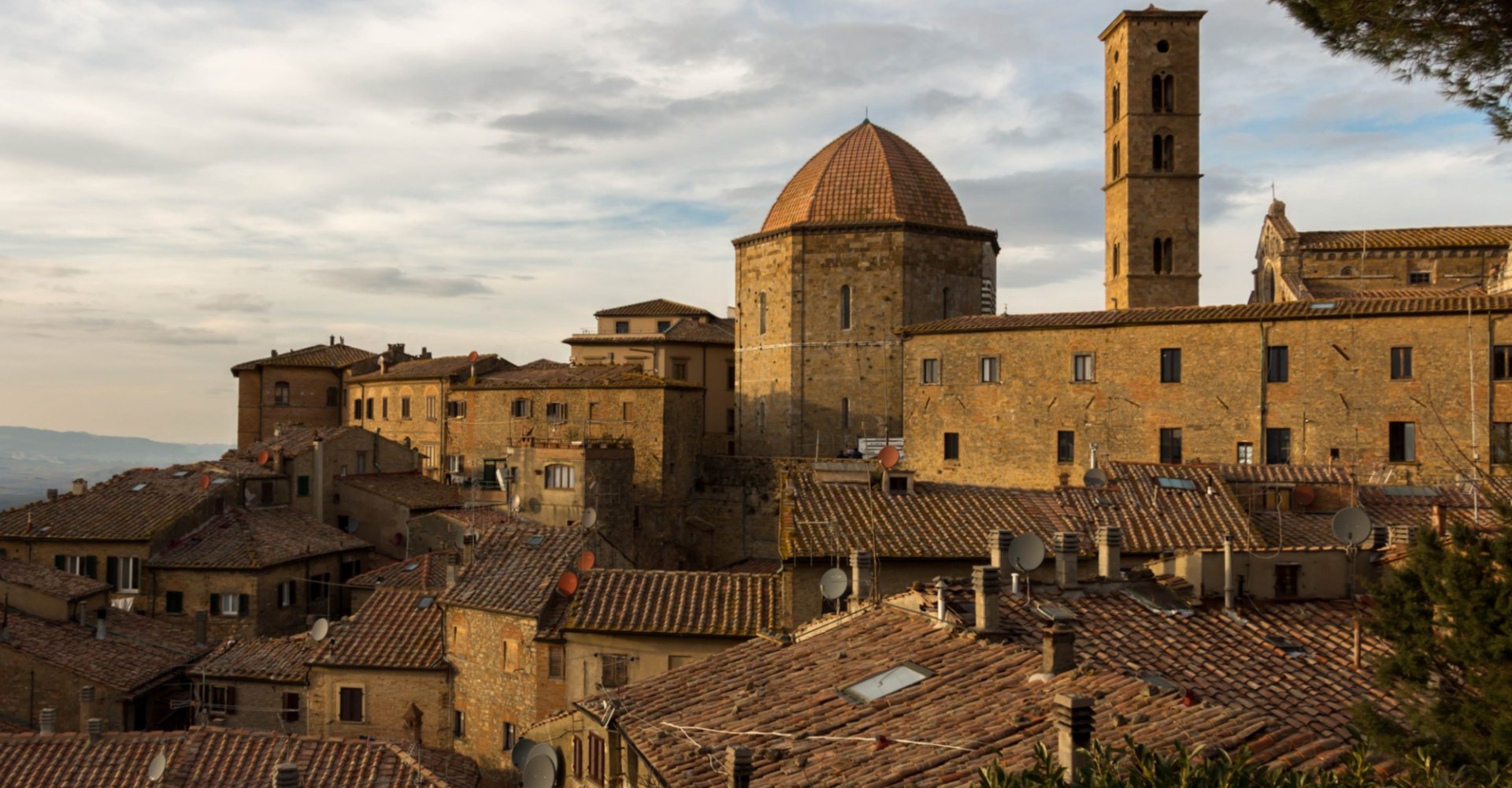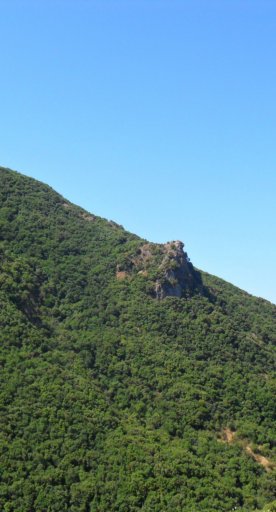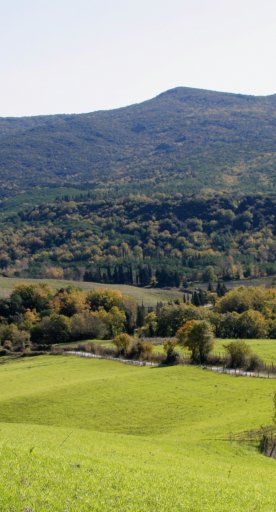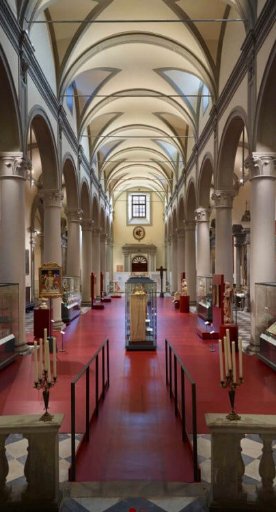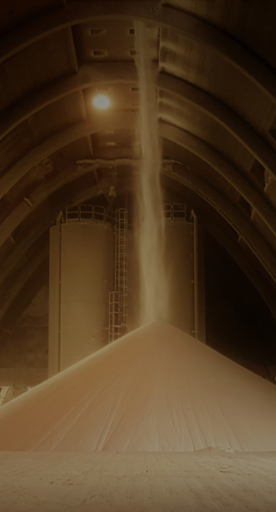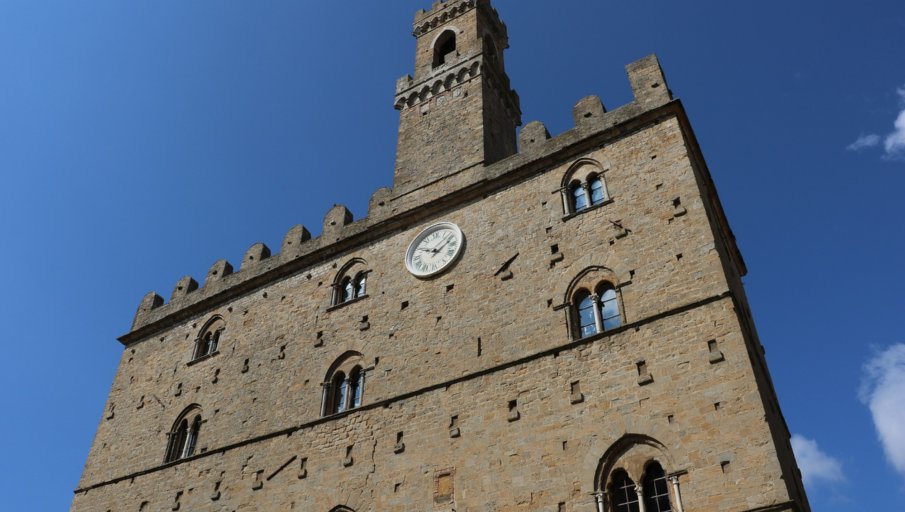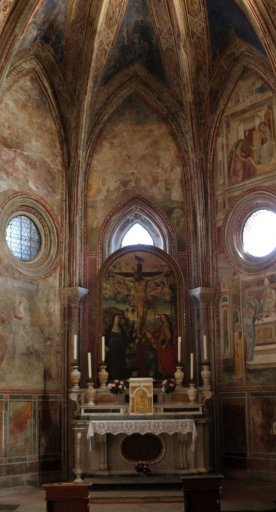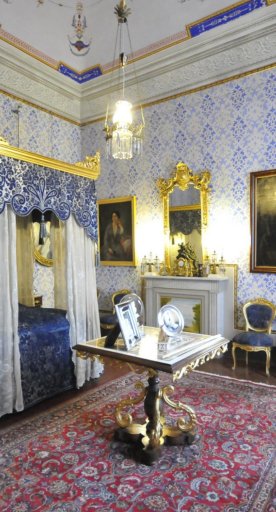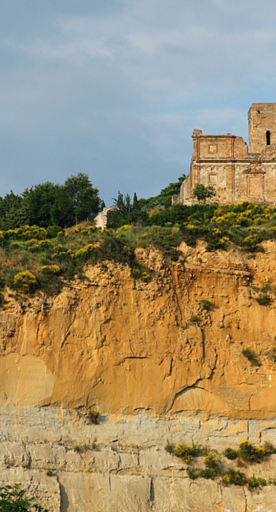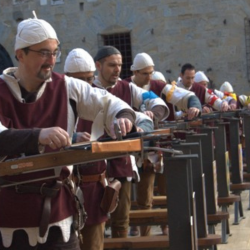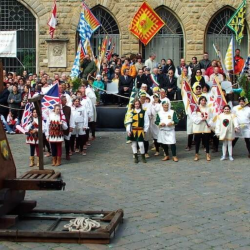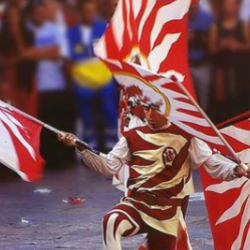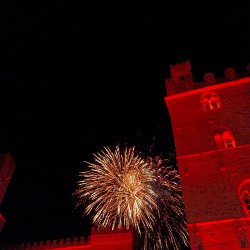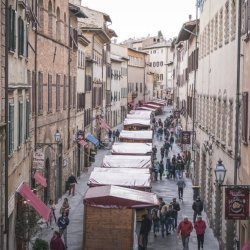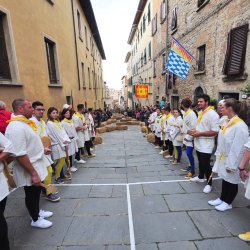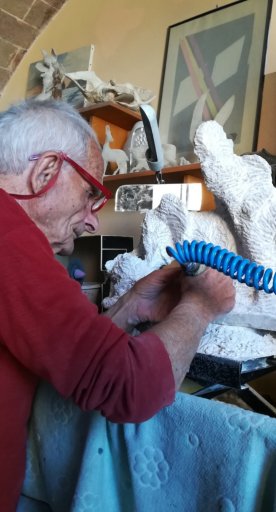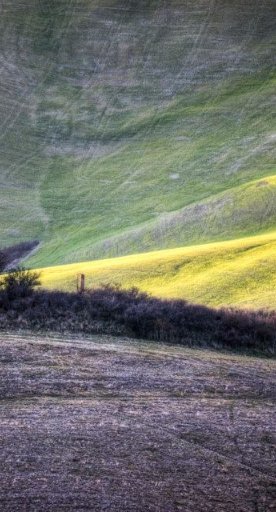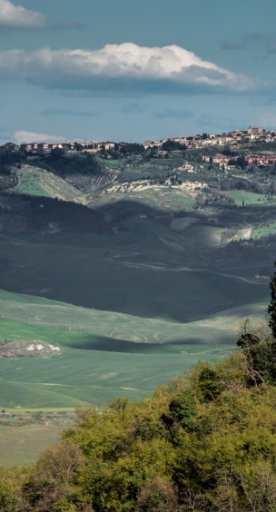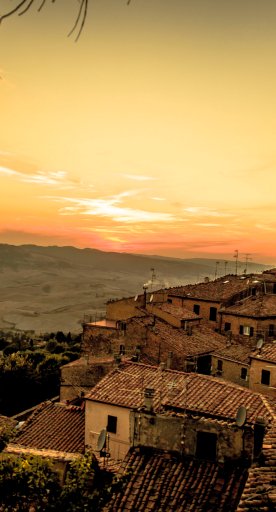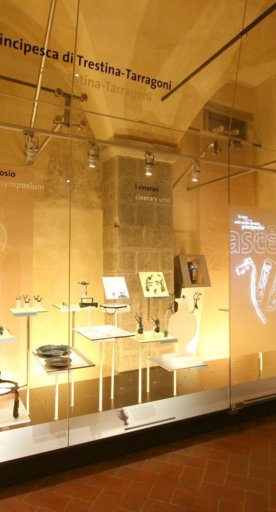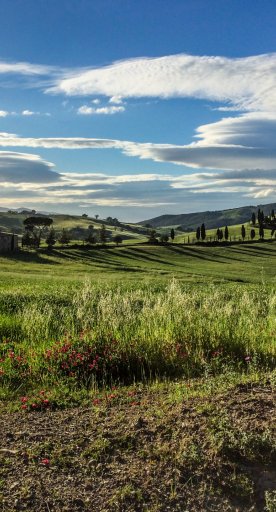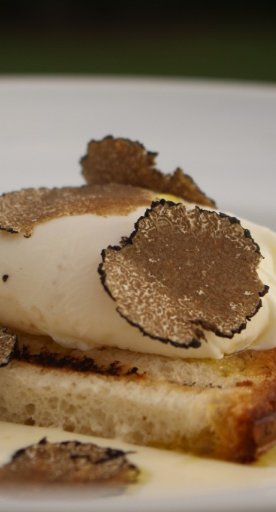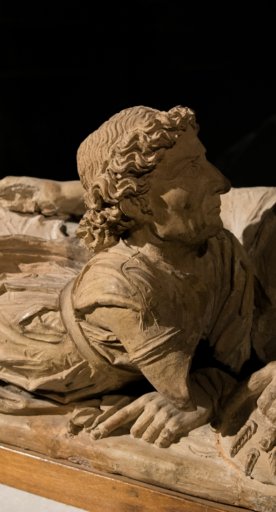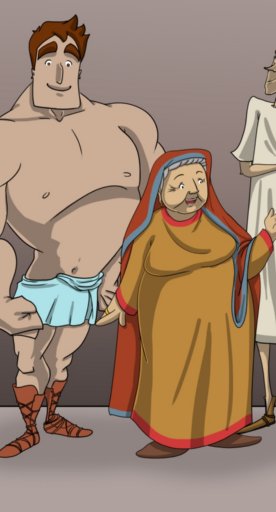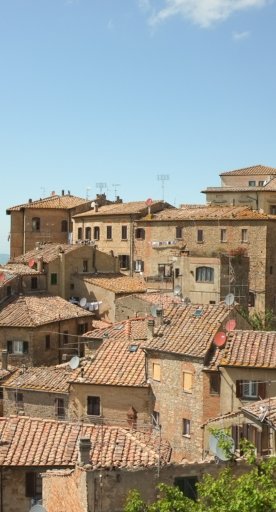Volterra
Travel to the medieval city of alabaster, with an Etruscan heart
Volterra is a village built on a hill between the Era and Cecina valleys. With its double walls, both Etruscan and from the thirteenth-century, it's a medieval-looking city, where you can still enjoy the atmosphere of a historic village.
Volterra (in Etruscan Veláthri), was one of the main city-states of ancient Etruria and during the Middle Ages it was the seat of an important episcopal lordship. The village has been known for centuries for the manufacture of alabaster whose artifacts are some of the most important products of Italian craftsmanship.
What to see in Volterra
Volterra is rich in artistic heritage that can be admired while walking through the streets of the historic center and visiting the city's museums which include the Etruscan museum, the Pinacoteca, the Museum of Sacred Art, or the Eco-museum of Alabaster.
The walk continues towards the artistic and religious heart of the city: Piazza San Giovanni with the Cathedral of Santa Maria Assunta and the Baptistery of San Giovanni, important examples of local medieval architecture. Adjacent to the cathedral, the Palazzo dei Priori rises in the square which bears its own name. The building, started in 1208, is the oldest municipal building in Tuscany.
The beauty continues even outside the historic center where you can admire the splendid Roman theater, as well as the ruins of the Etruscan Acropolis. At this point, the traveler can then enjoy the unspoiled landscape all around them before discovering the secrets of a rare artisan production: alabaster.
Volterra is rich in artistic heritage that can be admired while walking through the streets of the historic center and visiting the city's museums which include the Etruscan museum, the Pinacoteca, the Museum of Sacred Art, or the Eco-museum of Alabaster.
The walk continues towards the artistic and religious heart of the city: Piazza San Giovanni with the Cathedral of Santa Maria Assunta and the Baptistery of San Giovanni, important examples of local medieval architecture. Adjacent to the cathedral, the Palazzo dei Priori rises in the square which bears its own name. The building, started in 1208, is the oldest municipal building in Tuscany.
The beauty continues even outside the historic center where you can admire the splendid Roman theater, as well as the ruins of the Etruscan Acropolis. At this point, the traveler can then enjoy the unspoiled landscape all around them before discovering the secrets of a rare artisan production: alabaster.
Nearby
At the northern end of the city is the Badia di San Giusto, an important Camaldolese monastery founded in 1034 by the bishop of Volterra and dedicated to the patron saint of the city. The abbey is worth a visit for the well-preserved cloister and refectory, but also, simply for the spectacular panorama it offers.
You can't miss the small villages like Montemiccioli, a small castle built on the borderline between the territory of Volterra and that of San Gimignano or Saline di Volterra, which owes its name to the deposits of rock salt contained in its subsoil exploited continuously from the second half of the tenth century.
Go south-east towards the Berignone Forest Nature Reserve. Woods and rich fauna cover more than two thousand hectares. At the Masso delle Fanciulle resort, you will find a perfect swimming area to cool off on hot summer days.
At the northern end of the city is the Badia di San Giusto, an important Camaldolese monastery founded in 1034 by the bishop of Volterra and dedicated to the patron saint of the city. The abbey is worth a visit for the well-preserved cloister and refectory, but also, simply for the spectacular panorama it offers.
You can't miss the small villages like Montemiccioli, a small castle built on the borderline between the territory of Volterra and that of San Gimignano or Saline di Volterra, which owes its name to the deposits of rock salt contained in its subsoil exploited continuously from the second half of the tenth century.
Go south-east towards the Berignone Forest Nature Reserve. Woods and rich fauna cover more than two thousand hectares. At the Masso delle Fanciulle resort, you will find a perfect swimming area to cool off on hot summer days.
Events
In March, Volterra becomes the stage for the Marzuolo Truffle Market Exhibition and the typical products of the Alta Val di Cecina while Volterragusto returns every October with its numerous events dedicated to the truffle and beyond. Among these, perhaps the most loved is the Palio dei Caci, a fun challenge that sees the Contrade di Volterra engaged in tumbling a form of cheese in the shortest possible time along a path set up on the steep Via Franceschini.
On the second and third Sunday of August, the city hosts the medieval reenactment called the Volterra AD. The line-up features shows, events, markets, workshops, music and jugglers.
In March, Volterra becomes the stage for the Marzuolo Truffle Market Exhibition and the typical products of the Alta Val di Cecina while Volterragusto returns every October with its numerous events dedicated to the truffle and beyond. Among these, perhaps the most loved is the Palio dei Caci, a fun challenge that sees the Contrade di Volterra engaged in tumbling a form of cheese in the shortest possible time along a path set up on the steep Via Franceschini.
On the second and third Sunday of August, the city hosts the medieval reenactment called the Volterra AD. The line-up features shows, events, markets, workshops, music and jugglers.
Typical dishes and products
Volterra, like the whole territory of Valdelsa and Valdicecina, is the perfect place to taste rustic and genuine cuisine, based on local tradition. The Pecorino delle Balze Volterrane DOP is a cheese made exclusively from raw milk with vegetable rennet that is obtained from the flower of a thistle or artichoke and is something you must taste.
Volterra, like the whole territory of Valdelsa and Valdicecina, is the perfect place to taste rustic and genuine cuisine, based on local tradition. The Pecorino delle Balze Volterrane DOP is a cheese made exclusively from raw milk with vegetable rennet that is obtained from the flower of a thistle or artichoke and is something you must taste.
